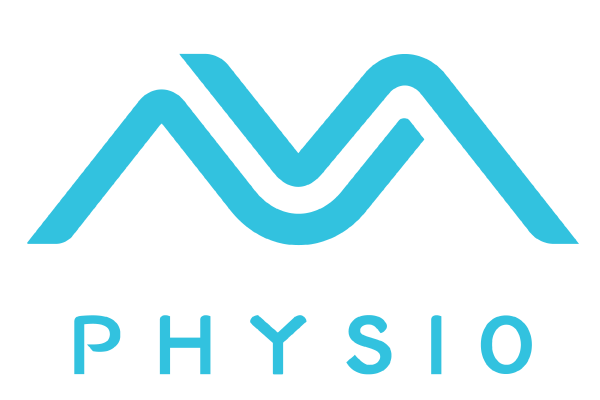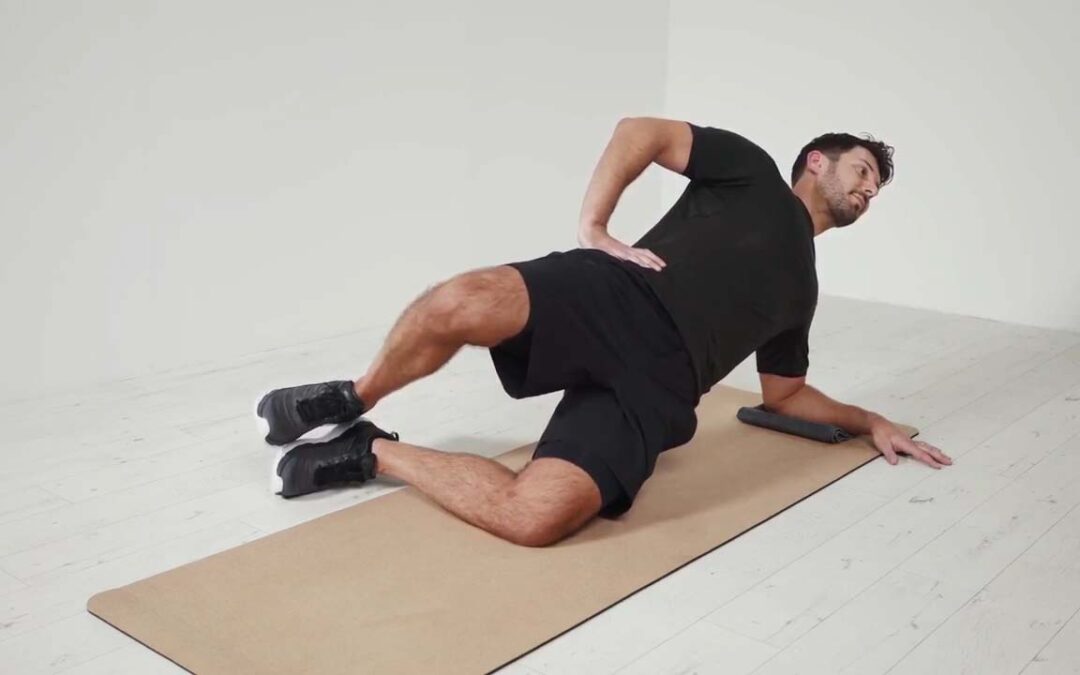What is Side Plank Clam Knee?
The Side Plank Clam Knee Physiotherapy Exercise is a variation of the traditional side plank exercise that targets the hips and gluteal muscles. By combining the side plank with the clam shell movement, this exercise challenges your core stability and hip strength simultaneously. It involves lying on your side with your knees bent, lifting your hips off the ground, and performing the clam shell or knee abduction movement while maintaining the side plank position.
How the Exercise Targets the Hips and Gluteal Muscles
The Side Plank Clam Knee Exercise primarily targets the hip abductor muscles, including the gluteus medius and gluteus minimus. These muscles are responsible for stabilizing the pelvis and maintaining proper alignment during functional movements like walking, running, and jumping. By strengthening these muscles, you can improve your overall hip stability, enhance athletic performance, and reduce the risk of hip and lower back injuries.
The Role of Physiotherapy in Guiding and Supporting Proper Exercise Technique
Proper form and technique are essential when performing the Side Plank Clam Knee Physiotherapy Exercise to ensure optimal results and prevent injuries. Physiotherapists, who are qualified healthcare professionals with expertise in movement and rehabilitation, play a crucial role in guiding and supporting individuals in performing the exercise correctly. They can assess your individual needs, provide modifications if necessary, and help you progress safely. Working with a physiotherapist ensures that you are performing the exercise with the right technique and receiving personalized guidance throughout your fitness journey.
How to Perform Side Plank Clam Exercise
To perform the Side Plank Clam Knee Physiotherapy Exercise correctly, follow these step-by-step instructions:
- Lie on your side, elbow under shoulder, knees bent at 90 degrees.
- Push hips forward, lift into a side plank.
- Keep upper body aligned, head in line with the spine.
- Lift top knee while heels stay together, pause, and return slowly.
- Focus on pushing pelvis forward as you lift the knee.
- Keep feet together, knees apart.
- Don’t drop hips to the floor at the end.
- Breathe regularly, avoid breath-holding.
- Follow physio’s advice regarding movement and pain.
Merlin Physio App for Side Plank Clam Knee
The Merlin Physio App is a valuable tool for physiotherapists and patients alike when it comes to exercises like the Side Plank Clam Knee. Here’s how it can be beneficial:
- Guided Instructions: The app can provide detailed, step-by-step instructions on how to perform the Side Plank Clam Knee exercise correctly. It ensures that patients understand the right technique, reducing the risk of injury and enhancing the effectiveness of the exercise.
- Real-time Feedback: The app can offer real-time feedback as patients perform the exercise. It can analyze their form and alignment, pointing out any issues that may lead to discomfort or poor results. This feedback is crucial for refining the exercise and preventing potential injuries.
- Progress Tracking: Merlin Physio App enables physiotherapists to track a patient’s progress over time. For exercises like the Side Plank Clam Knee, this means monitoring improvements in strength, balance, and range of motion. It helps in tailoring the exercise routine to the patient’s specific needs and goals.
- Personalized Plans: The app can create personalized exercise plans for patients, including the Side Plank Clam Knee, based on their current condition and progress. This ensures that patients are always working on exercises that are appropriate for their level of fitness and rehabilitation.
Benefits and Importance of the Side Plank Clam Knee Physiotherapy Exercise
The Side Plank Clam Knee Physiotherapy Exercise offers numerous benefits that contribute to overall physical well-being. Let’s explore some of its key advantages:
1. Improving Core Stability and Balance
The Side Plank Clam Knee Exercise engages the entire core, including the deep abdominal muscles, obliques, and lower back muscles. By challenging your core stability, this exercise helps improve balance and posture. The ability to maintain a stable core is fundamental in preventing injuries and enhancing performance in various activities, whether it’s sports, weightlifting, or everyday movements.
2. Enhancing Hip Mobility and Function
In addition to strengthening the hip muscles, the Side Plank Clam Knee Exercise also improves hip mobility. The clam shell and knee abduction movements require a controlled range of motion, promoting flexibility and mobility in the hip joint. This can be particularly beneficial for individuals recovering from hip injuries or those looking to improve their overall hip function.
3. Preventing Injuries and Alleviating Hip and Lower Back Pain
Weak hip muscles and poor core stability can contribute to various injuries, including hip impingement, IT band syndrome, and lower back pain. By incorporating the Side Plank Clam Knee Exercise into your routine, you can address these issues and reduce the risk of injury. Additionally, individuals suffering from hip and lower back pain can benefit from this exercise by strengthening the supporting muscles and improving overall stability.
Tips for Proper Form and Progression
To ensure that you perform the Side Plank Clam Knee Physiotherapy Exercise correctly and safely, consider the following tips:
- Emphasize the need for proper alignment throughout the exercise. Align your shoulder, elbow, hip, and knee to maintain a straight line.
- Engage your core muscles by drawing your belly button in towards your spine. This helps stabilize your body and avoid excessive arching or sagging.
- Avoid compensatory movements, such as rotating your hips or upper body. Focus on isolating the hip abductor muscles and controlling the movement.
- Modify the exercise based on your fitness level and any limitations you may have. Seek guidance from a physiotherapist to ensure proper modifications and progressions.
Gradual progression is key to prevent injuries and achieve optimal results. Start with mastering the basic side plank and clam shell exercises before attempting the Side Plank Clam Knee variation. As you become stronger and more stable, gradually increase the resistance or challenge by using a resistance band or added weight.
Conclusion
Incorporate the Side Plank Clam Knee exercise into your physiotherapy routine to enhance hip stability. Remember, precision and consistency are key. As you perfect the form, you’ll gradually build strength and resilience, aiding in a smoother recovery process. Always prioritize guidance from your physiotherapist, advancing at a pace that aligns with your unique healing journey. Consistent practice will not only refine your technique but also contribute to long-term joint health and overall well-being.

